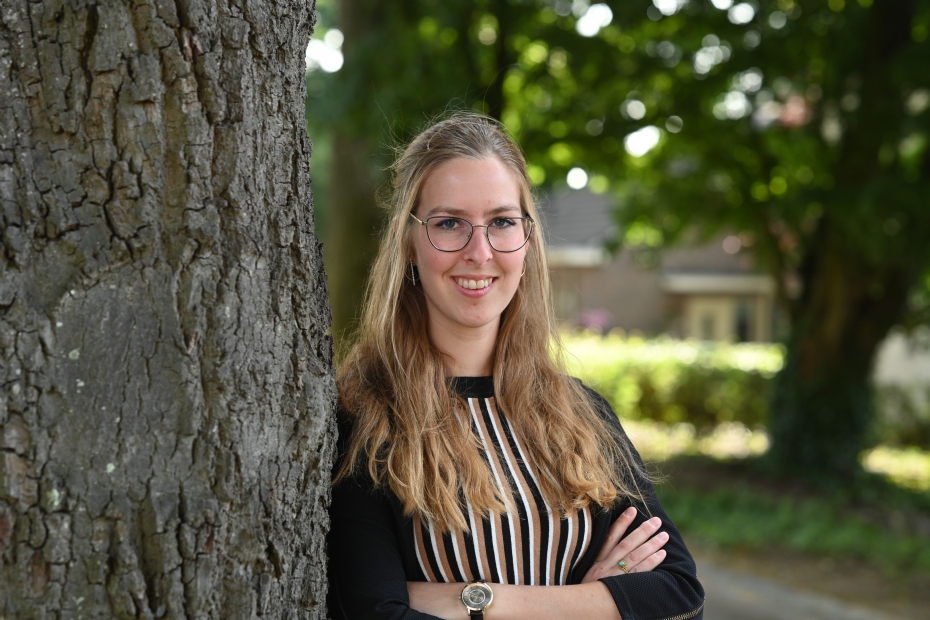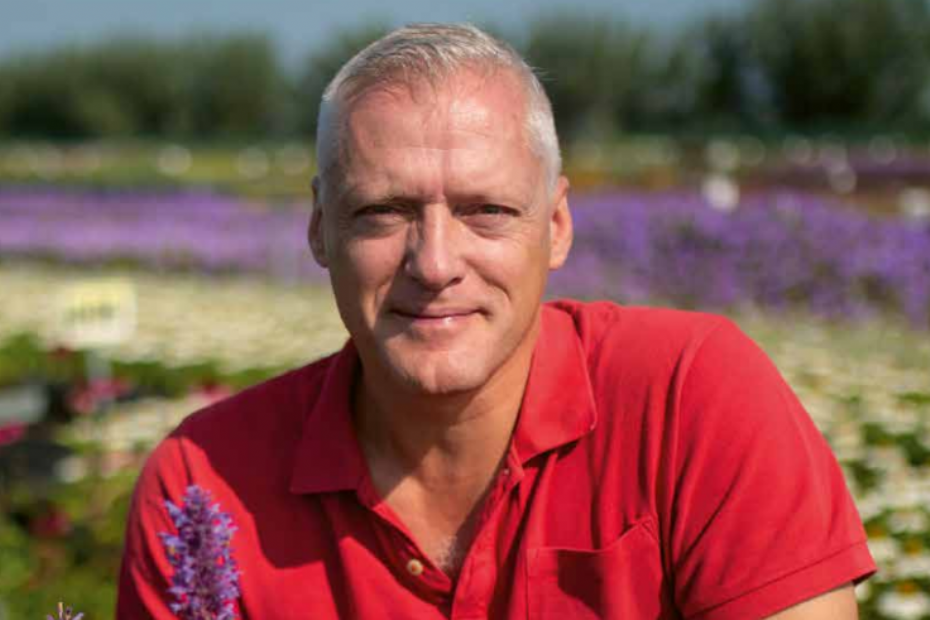The statement: 'Hoeing is the new taboo' |
|
|
|
|
 |
| 175 sec |
The statement 'Hoeing is the new taboo' reflects a shift in thinking about weed control. Traditional methods are giving way to ecological management in which spontaneous plant growth is actually welcomed. Hoeing disturbs the soil and fits less well with goals such as biodiversity and sustainable management.
| Gardener hoeing (image generated with AI) |
Labor pressure also plays a role: hoeing is labor-intensive and alternatives, such as hot water or machines, are gaining ground. Yet there is also resistance. For many practitioners it remains a practical and direct approach. The 'taboo status' therefore differs per location and vision, but it is clear that the image of hoeing is shifting.
 | | Bertus Meijer |
|
|
|
|
Bertus Meijer, foreman and team leader at municipality of Dalfsen: 'What value do you place on the green public space?'
| |
|
'Good hoeing is the most efficient'
'We suffer from the "neatness syndrome": we want a sleek appearance, where we keep the ground black and weeds have no chance. Hoeing is then the most efficient method, provided it is done properly and with sharp tools. It is more than just moving your tool back and forth; hoeing is truly a craft. Because you only work the top layer of the soil, you hardly disturb life in it. Some beetles and worms come to the surface, no different than when a bird stamps on the ground to cause vibrations. But hoeing is often not done properly and once you start hoeing, you keep on hoeing. Weeds grow back quickly, often stronger than before, so where you don't need to hoe, you definitely shouldn't.'
'Everything has to do with balance'
'The municipality of Dalfsen believes that, where possible, the image may be natural. We do not hoe there. In the first year you see pioneer species, such as nettles, dock and other tall herbs. After that year those species disappear and others take over. So-called weeds are valuable native plants. Without nettles, there are no red admirals. And dock, with its root structure, makes the soil airy. Everything is about balance, about the image you want and about the value you attach to the green public space.'
 | | Kimberly Kuiper-Hofstede |
|
|
'Our wild herbs are important in a stony urban environment'
'The term "weed" has a negative connotation and no longer fits today's times. Increasingly, the term "wild herb" is used instead, a name that emphasizes opportunities and possibilities. Using this positive term contributes to nature education and influences how residents, entrepreneurs and policymakers view the living environment. Wild herbs play an important role in the city, where people and nature experience a lot of pressure. A healthy living environment is linked to a vital and resilient ecosystem. By stopping hoeing, wild herbs get space to develop. This increases biodiversity, both above and below ground, and provides variation according to the so-called five V's: food, moisture, safety, shelter and reproduction.'
'Selectively removing problematic species'
The presence of wild herbs creates a greener, protective soil layer. This helps trees and plants to establish better and promotes their vitality. Especially in the first years after planting, for example of a native hedge, not hoeing can contribute to success, as moisture and nutrients are better preserved. In addition, insects get more opportunities, which works its way through the entire food chain. Birds, bats and mammals also benefit. This strengthens the urban ecosystem and helps keep pests, such as the oak processionary caterpillar, in balance. The core message: replacing hoeing with selectively removing problematic species results in a healthier living environment for both people and nature.
 | | Stefan Verbunt |
|
|
|
|
Stefan Verbunt, CEO at Griffioen Wassenaar: 'Keep it clean, don't clean it: then you have the least maintenance'
| |
|
'With wild and native there is less room for the hoe'
'There is a strong trend toward wild, native and letting nature take its course. Hoeing does not fit well with that. Griffioen has the concept Living Landscape, full of seeds of wild and native species. Together with the client we make agreements about management. May the planting become completely wild? Or do they want it controlled, by partly mowing the vegetation, partly letting it go to seed and allowing a certain degree of weeds? Because even though weeds are undesirable, they are still herbaceous plants.'
'To keep a planting bed clean, you must hoe'
'Should the image be neater? Then there is our GreentoColour concept, in which unwanted herbs are removed. You start by exchanging soil for a clean planting bed. The fresh soil is an ideal seedbed for windblown weed seeds. What grows naturally grows wilder and harder than the cultivated plants through the survival of the fittest. Therefore, you must give the cultivated plants a competitive advantage. Read: hoeing. If you hoe between perennials, do so in time and with a small hoe no wider than ten centimeters that is sharp on all sides. Hoe until the planting bed is closed and weeds have less chance. For the least maintenance, the rule of thumb is "Keep it clean, don't clean it". And why would you kneel down with a hand hoe when a hoe has a one-meter-eighty handle and allows you to keep standing?'
This article was previously published on September 23, 2025 on the website
of Stad + Groen.
| Kuiper Groen - voor natuu... | |
| |
| LOG IN
with your email address to respond.
|
|
|
| There are no comments yet. |
Tip the editors
|
| |
Anyone can place small ads for free through their own account.
Place a free ad
|
|
|
|